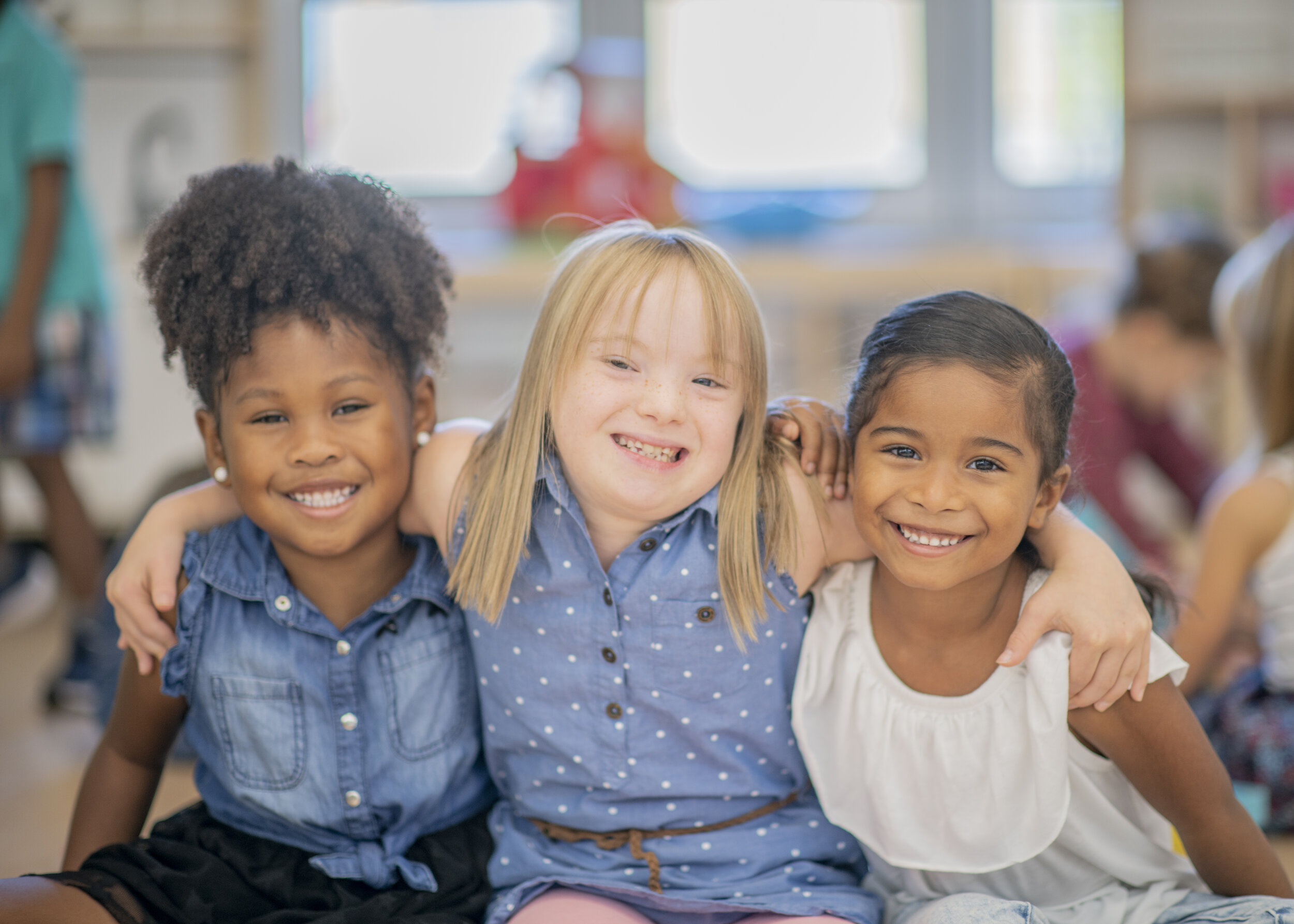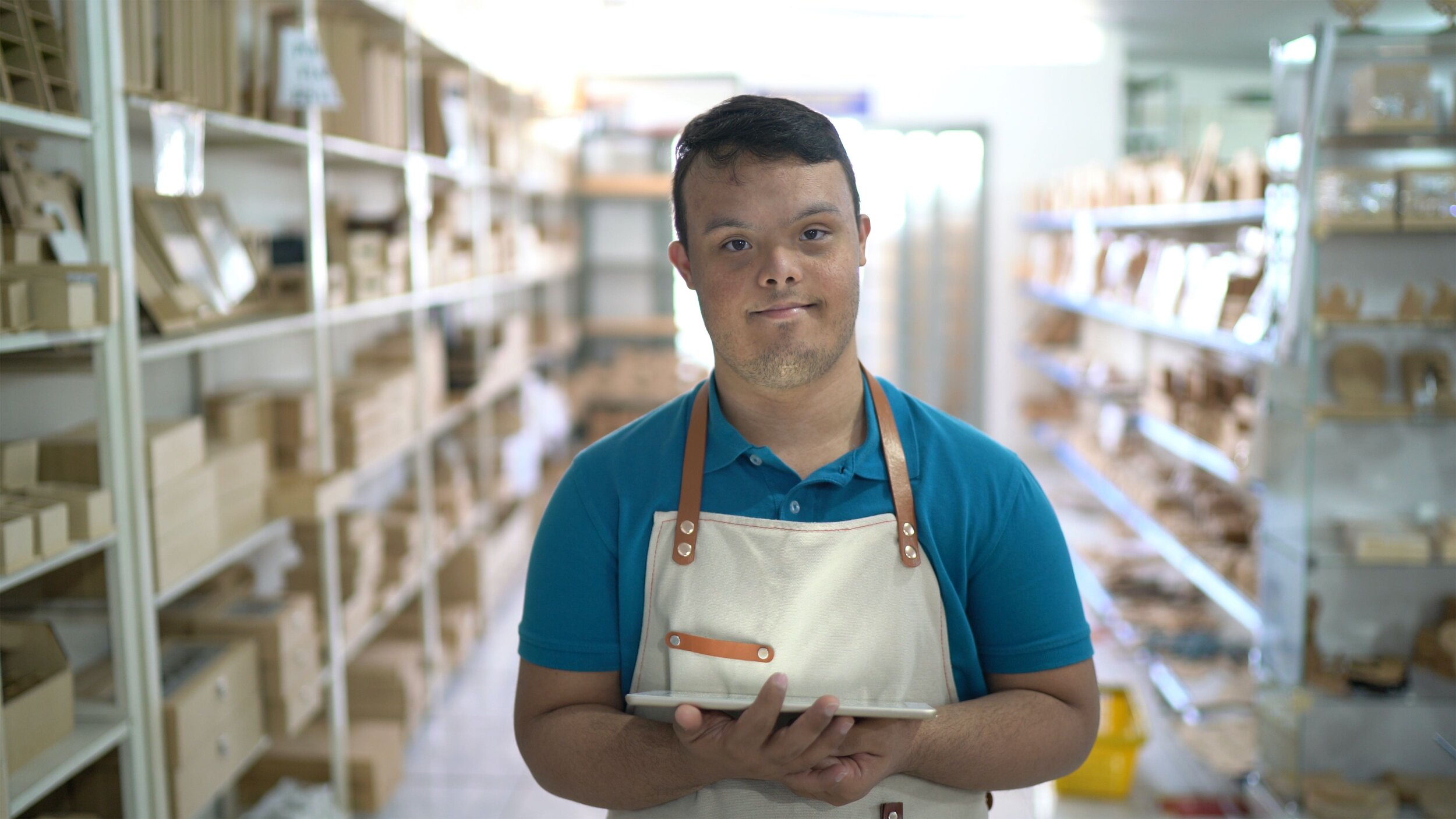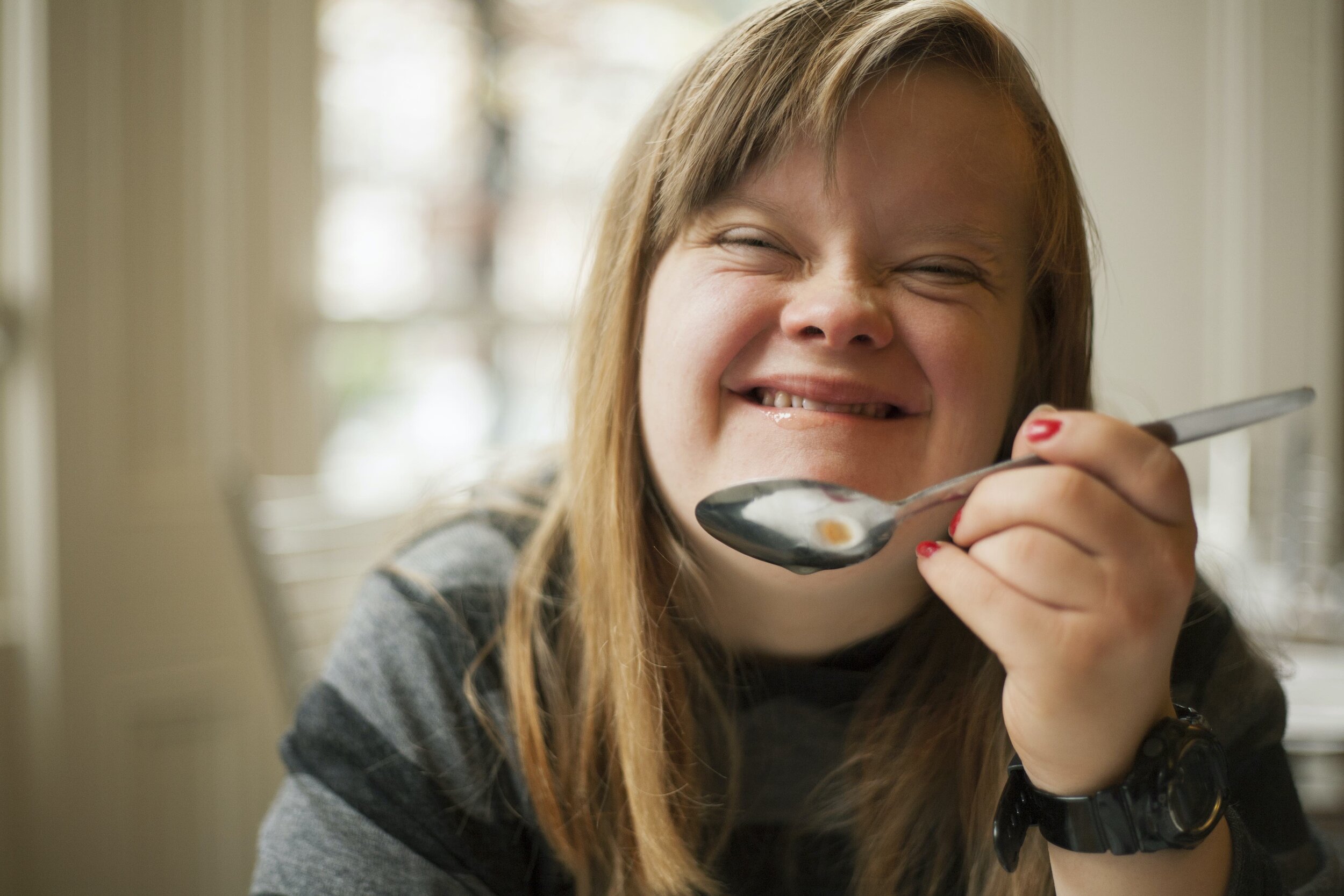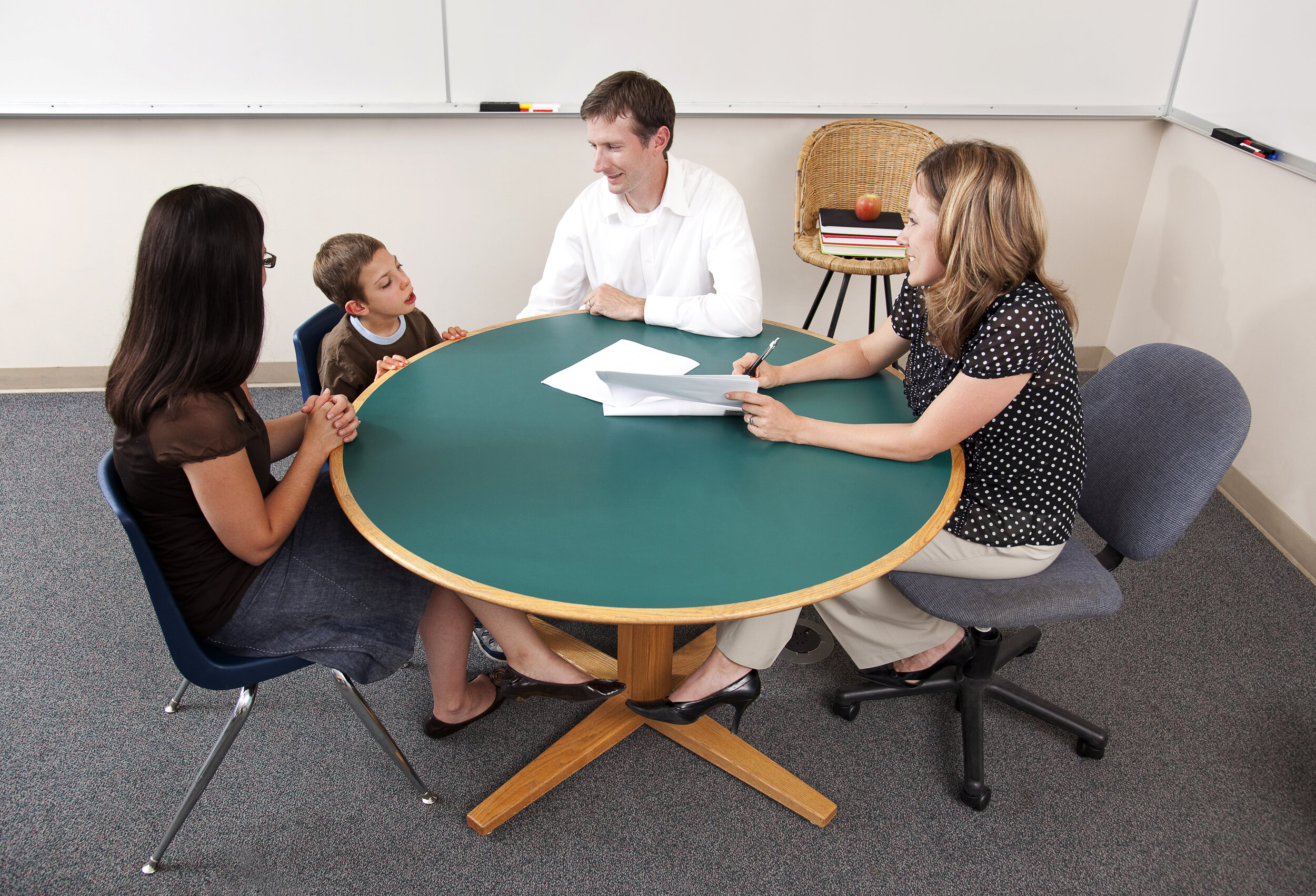Guest User
Guest User
Read More
Guest User
Guest User
Read More
Guest User
Guest User
Read More
Guest User
Guest User
Read More
Guest User
Guest User
Read More
Guest User
Guest User
Read More
Guest User
Guest User
Read More
Guest User
Guest User
Read More
Guest User
Guest User
Read More
Guest User
Guest User
Read More
Guest User
Guest User
Read More
Guest User
Guest User
Read More
Guest User
Guest User
Read More
Guest User
Guest User
Read More
Guest User
Guest User
Read More
Guest User
Guest User
Read More
Guest User
Guest User
Read More
Guest User
Guest User
Read More
Guest User
Guest User
Read More
Guest User
Guest User
Read More





















